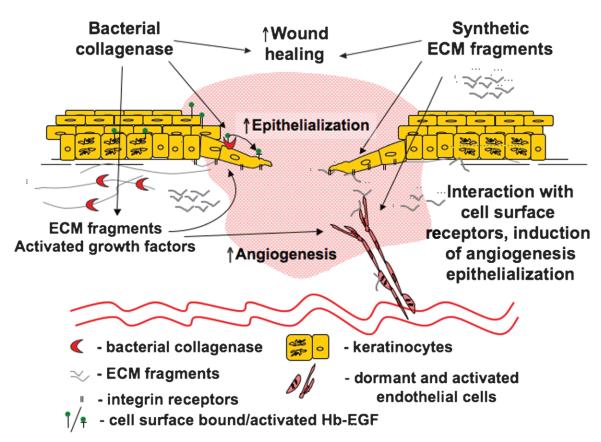Figure 5. CONTROL OF WOUND HEALING: A ROLE FOR BACTERIAL COLLAGENASE?
Bacterial collagenase clinically used for wound debridement stimulates both endothelial and epithelial responses to injury. Degradation of the ECM in close proximity to the cells’ enzyme allows for efficient cell migration. The release of growth factors and liberation of biologically active matrix fragments that can interact with and activate cellular receptors increase the motogenic and mitogenic potential of the cells within the wound bed, promoting the healing responses. Similar to naturally occurring ECM fragments released by bacterial collagenase in vivo, synthetic matrix-derived peptides identified and tested in the laboratory can enhance cellular responses to injury. Therefore, the authors propose that the peptides could be used in combination or as an alternative to the bacterial products, which foster wound healing in vivo.

